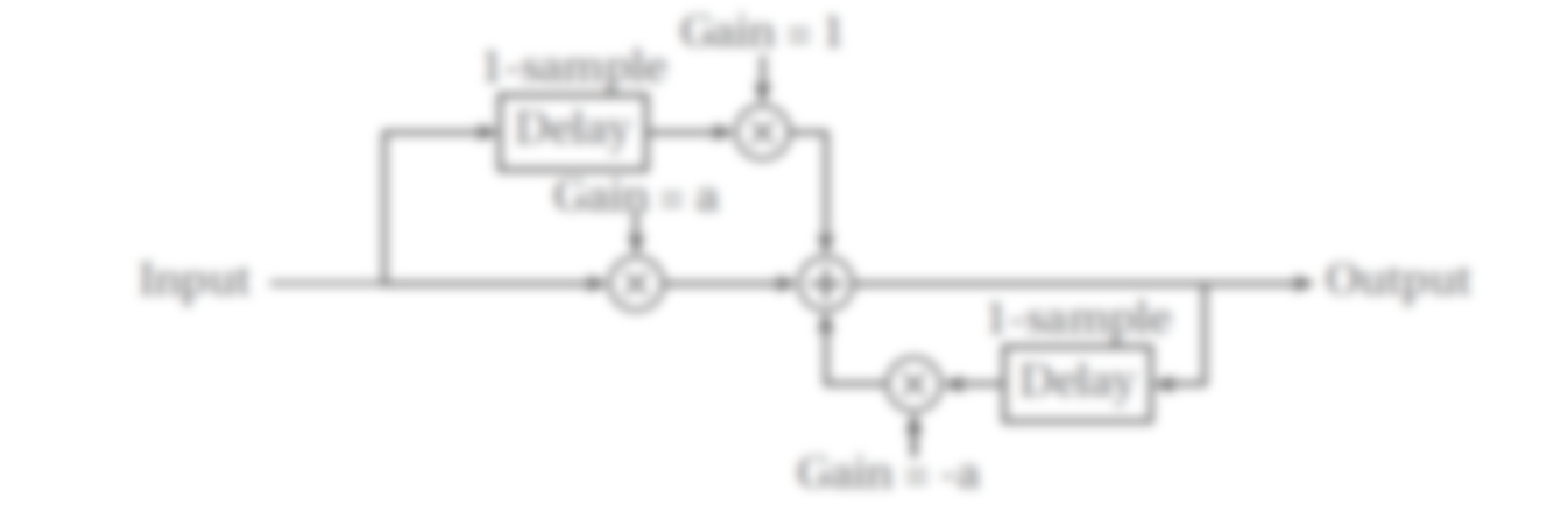Spectral filter effects are created by using short time delay. As discussed for echo effects, time delay can be described in units of seconds, milliseconds, or samples.
Another was to describe a short time delay is relative to the length of a frequency’s cycle. The delay could be described as a fraction of a cycle, or in terms of degrees/radians. Recall, half of a cycle is equal to 180 degrees. Therefore, time delay has the effect of a phase shift.
The important thing is: different frequencies have a different amount of phase shift. A low frequency with a longer period has a different phase shift than a high frequency with a shorter period.
When used with parallel processing, a short time delay is added to an unprocessed signal. Frequencies where a 180 degree phase shift is introduced end up with destructive interference. Their amplitude cancels out. Other frequencies have constructive interference, and their amplitude increases.
Depending on how the parallel paths are combined, various types of filters can be created. This includes low-pass filters, high-pass filters, band-pass filters, and notch filters. Let’s start by looking at how a low-pass filter can be implemented and analyzed in MATLAB.

